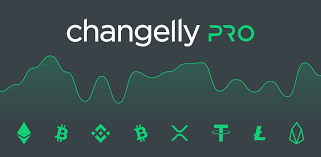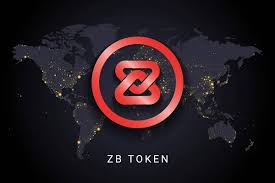The BSV cryptocurrency project was created based on the technical and conceptual ideas embodied in Bitcoin Cash (BCH). Therefore, the creators of this token initially promised users a minimum commission for financial transactions, quick confirmation, and execution of transactions, as well as the possibility of full scaling and security within the crypto network.

Distinctive features of Bitcoin SV
The main features that characterize BSV are presented below:
- If we look at the fork from a technical point of view, then it acts as an old BCH client, which was applied directly before the hard fork. Interestingly, the fork happened precisely because of the reluctance of BSV supporters to introduce new updates. At the same time, no alternative options were received from them.
- BitcoinCashSV price is in an unstable position. For example, looking at the BCHBC rate, one can note its quite acceptable stability in value, although it is declining. But the price decline in the second case occurs gradually, excluding sharp ups and downs, as this greatly scares away investors and users. The same cannot be said about the position of the BCHSV value, as it is somewhat unpredictable. Users have already had the opportunity to follow its sharp rise and the same sharp decline. Once the BSV rate jumped from $ 38 to $ 133. Today the situation has not changed.
- Studying the statistics of the BSV rate, one can observe its inverse correlation with the original bitcoin rate. Experts have repeatedly noticed this fact. What does this mean? If the price of BTC decreases, then the value of BSV increases, and vice versa. A bit strange, but it takes place.
BSV will likely undergo major changes a little later, but so far they have not been observed. However, there is still some innovation – this is the change of the abbreviation from BCHSV (as the cryptocurrency used to be called) to a shorter BSV. So far, users are using both options.
Difference between Bitcoin SV and Bitcoin (BTC)
Studying the issue of the difference between the new Bitcoin fork and the original system itself, it is worth noting several important points. So, in the original blockchain, problems related to scalability were greatly hampered and the reason for this was the limitation of the block size to 1 MB. As the number of transactions increased, there was an increase in the waiting time for their processing. Thus, a situation was formed in which the rate of block formation was several times higher than the rate of their direct production. To somehow resolve the current trouble, work was carried out to create a fork of BitcoinCash. Here the block size was larger, namely 8 MB, and eventually increased to 32 MB.
According to the data presented, the block size in Bitcoin SV increases from 32 MB to 128 MB, and a year later this figure is planned to be increased to 2 GB.
This was followed by the official conclusion of partnerships with the project, which is focused on cooperation with corporate clients of software for the full node Bitcoin Cash (Teranode). This was done to provide the system with high throughput, namely 6.5 million transactions per second, and support for blocks, whose size is more than 1 TB. The planned actions must be translated into reality in the next two to three years.
Based on the test results for Bitcoin SV, the system’s ability to work with increased block sizes became obvious, its speed reached the 1500TPS mark. However, today there is no such high regular load on the network, so high bandwidth figures are useless for it. As you know, the highest value in the network was recorded at the 3.36 TPS limit.
An increase in the block size can lead to a worsening of the situation. The negative factors include the slow spread of blocks across the network, which in turn will cause an increase in the number of ignored blocks. Also, the innovation will provoke an increase in capacity for processing large blocks of size, and this will cause an increase in centralization and will not have the best effect on scalability.
Bitcoin SV is a peer-to-peer payment system that provides irreversible electronic transactions between two parties to a transaction, excluding all options for intermediation. The client program for this payment system is its basic component. All client programs that are running simultaneously on different software connect and form a peer-to-peer network. Each node of such a network is equal and self-sufficient.
According to the information recorded in the Bitcoin SV protocol, the use of Layer 2 scaling values (such as Plasma) is prohibited. In other words, a return to the original Bitcoin blockchain can be seen here.
From the innovation, it is also necessary to pay attention to the function of protection against duplication of operations, which will be included in the Bitcoin SV network. Thanks to this, users will be able to carry out transactions in the BCH or BSV chains, while not worrying about the likelihood of double payment. As soon as the ecosystem demonstrates its readiness, this change will be implemented.
The function of making transactions without special confirmations will also take place in the Bitcoin SV blockchain. It will allow users to transfer electronic funds instantly. This change is twofold in that, with its advantage, it makes the system more open and vulnerable to double-spending.











